Ai Weiwei Sunflower Seeds 2010
Ai Weiwei Sunflower Seeds. It’s 2011 and one of my favorite museums is flooded with porcelain. The Tate Modern in London hosts the work Sunflower seeds Chinese artist Ai Weiwei. The floor of the Turbine Hall is completely covered with 100 million sunflower seeds reproduced in hand-decorated porcelain, according to the Chinese tradition. Above all linked to the imitation of natural forms.
Ai Weiwei involves and hires the best workers in his country. The aim is to enhance and bring to light the ancient tradition of Chinese handmade ceramics. The creation, in fact, takes place in China, the country of origin of AiWeiWei. Here the artist revisits the traditional production methods of one of the products most attributable to tradition, strongly connected to the imperial eras.
Ai WeiWei Sunflower Seeds. The work
The work involves about 1,600 people in the city of Jingdezhen, a famous district for the production of porcelain, who decorate each seed by hand. Every single seed is therefore made in hand-decorated porcelain thanks to the skill of a man or a woman. Before the industrial revolution, this city was the spearhead of China in the processing of this material.
According to Ai Weiwei the seeds represent the unrepeatable uniqueness of the individual faced with the alienation of the mass, a typical phenomenon of contemporary society and are directly linked to the Cultural Revolution and Mao’s dictatorship in China. After all, the themes of multiplication, mass, and revolution are at the basis of Ai Wei Wei’s work and in this work more than ever.
Ai Weiwei is not the only Chinese artist to tie himself to tradition, to love it, research it and study it to interpret it. Also Xu Bing does the same, but this time with writing.
If a nation does not face its past, it has no future.
Ai Weiwei
Sunflower seeds, 2010, installation, Turbine Hall Tate Modern, London image source: NYTimes
#letturedarte
There can only be one reading tip when it comes to Ai WeiWei. THE Weiweismi. A collection of thoughts of a political, philosophical but also artistic nature. The artist’s tweets selected and put together give voice to a country that certainly has little familiarity with freedom of opinion.



